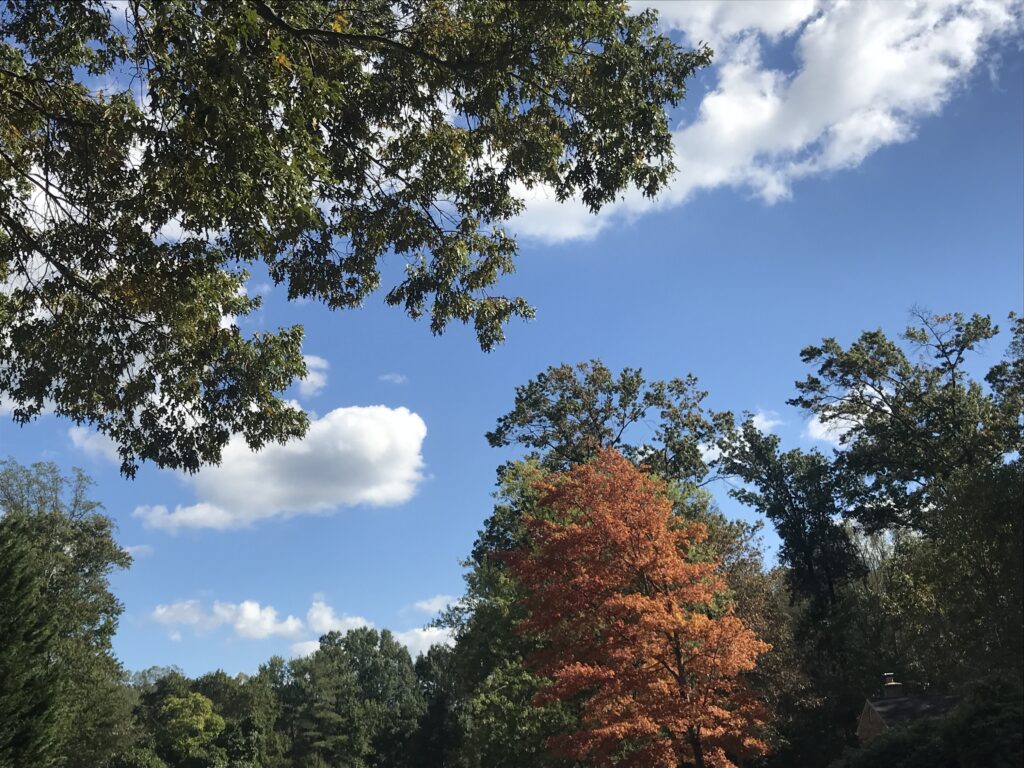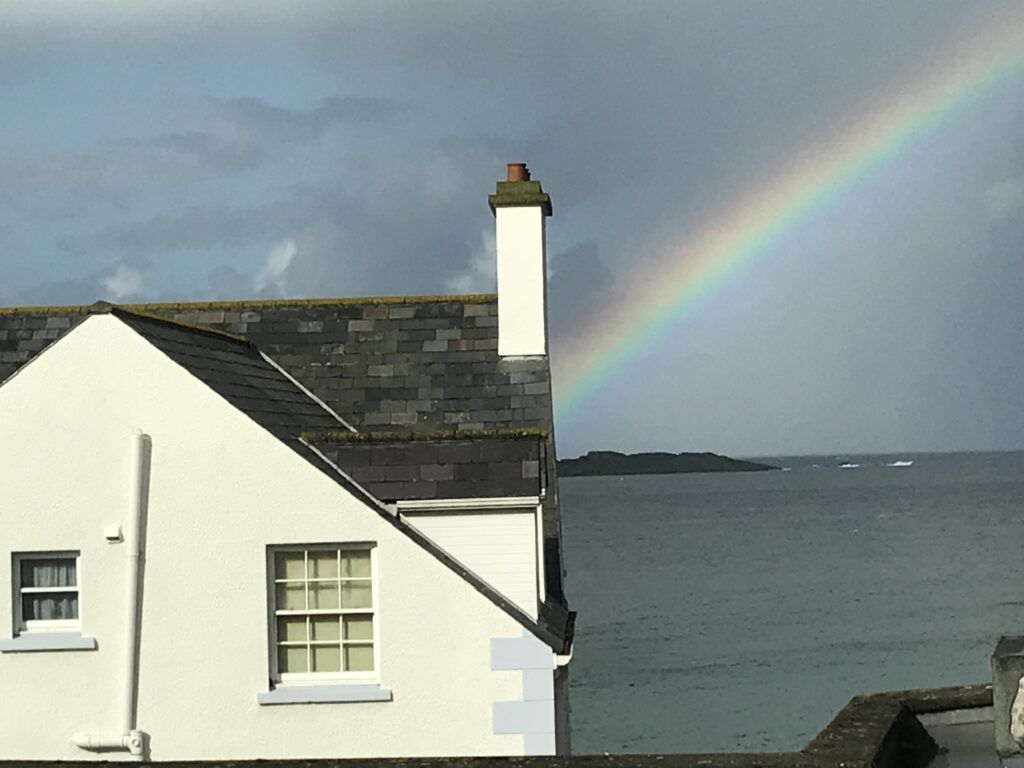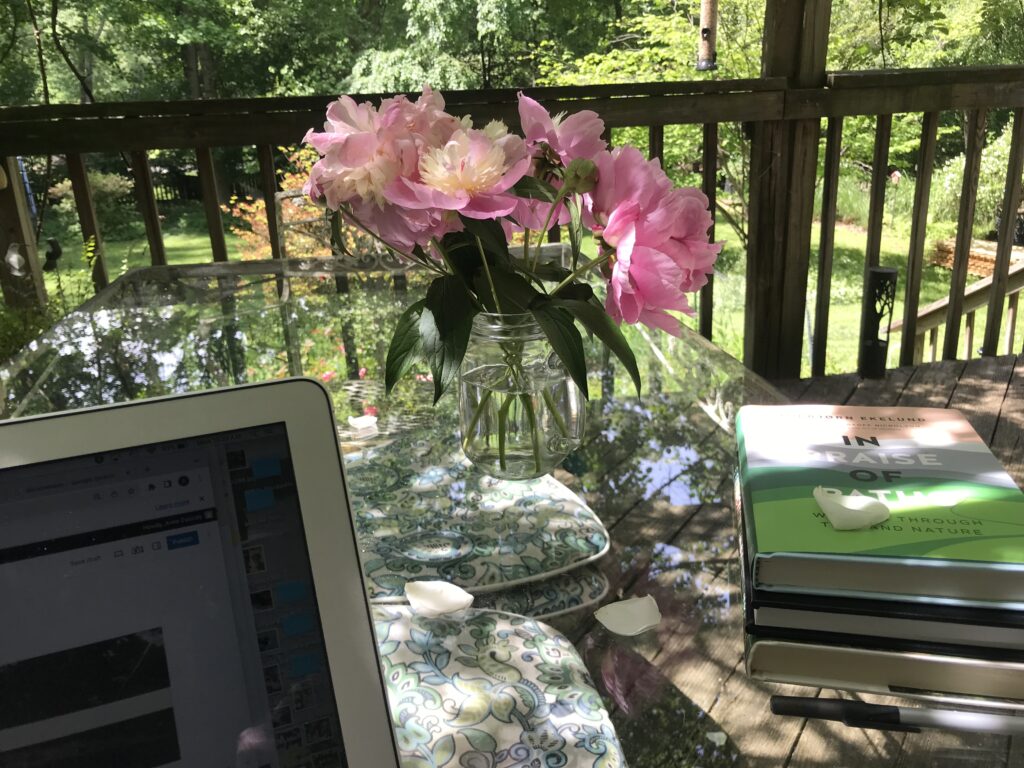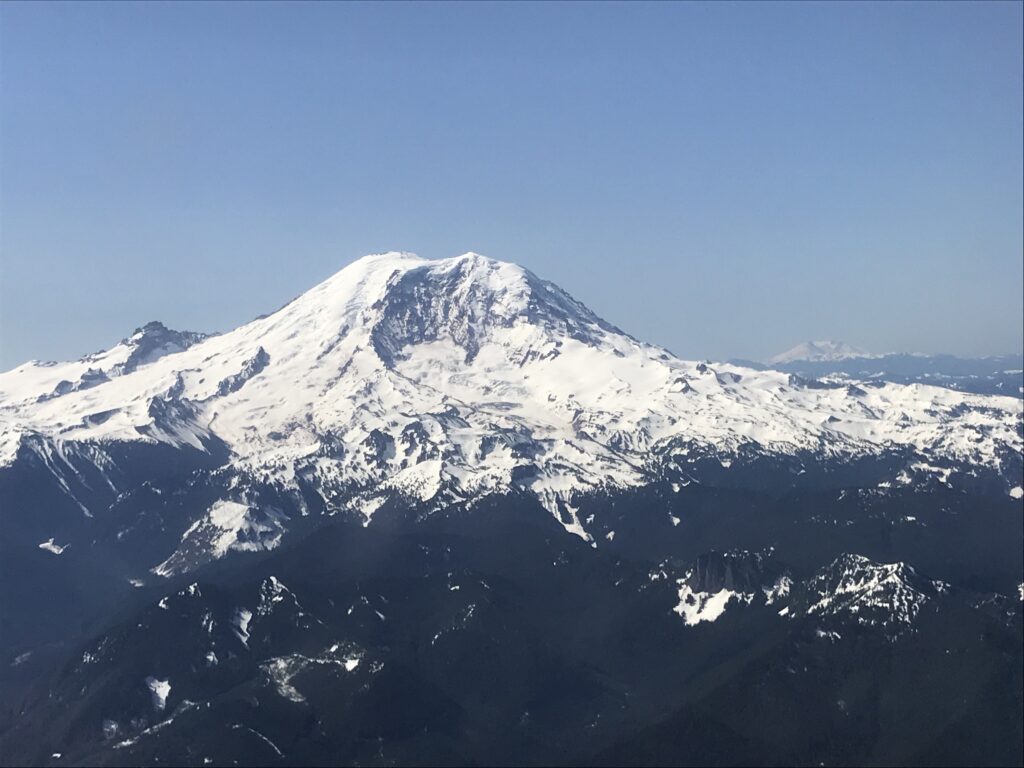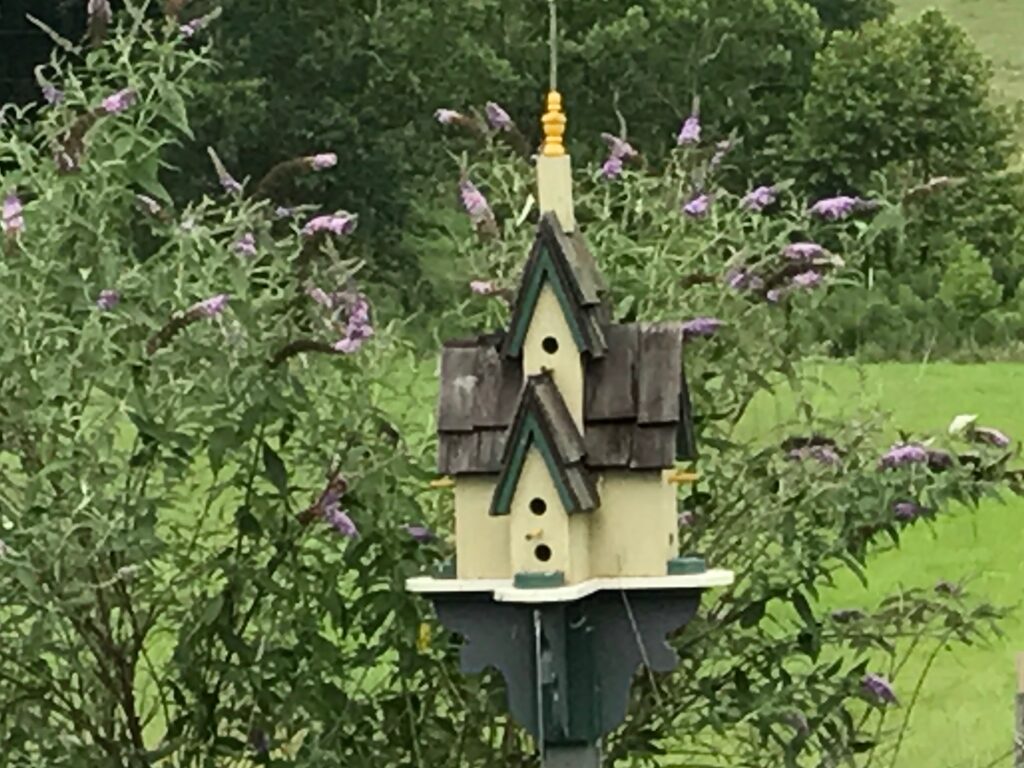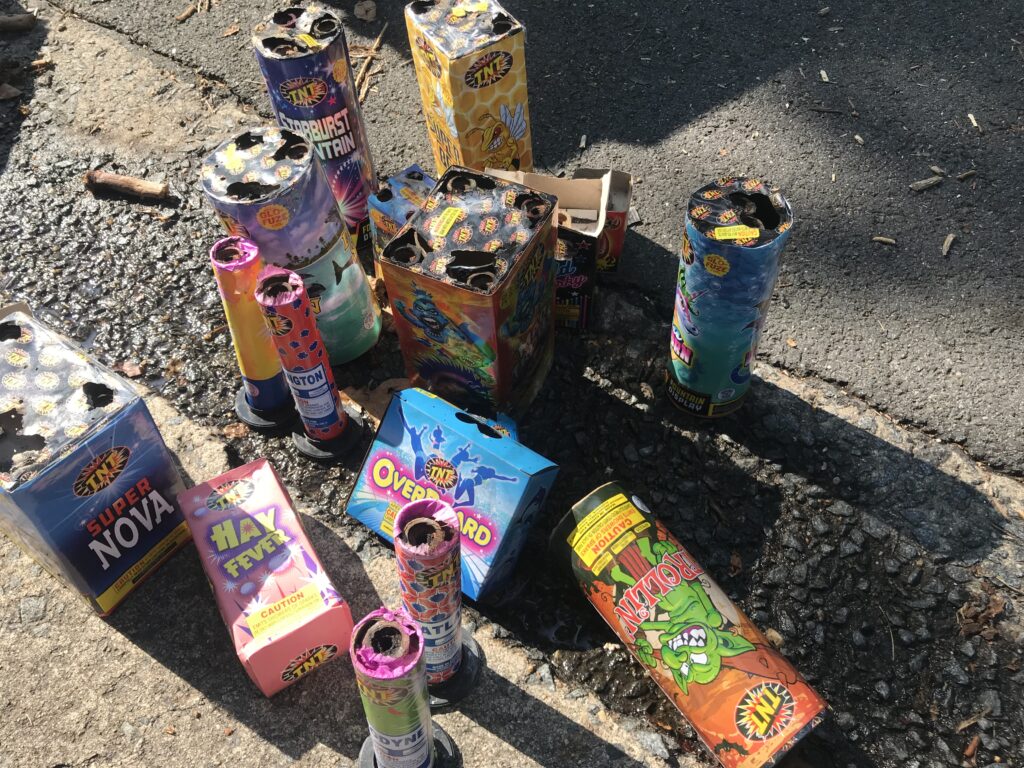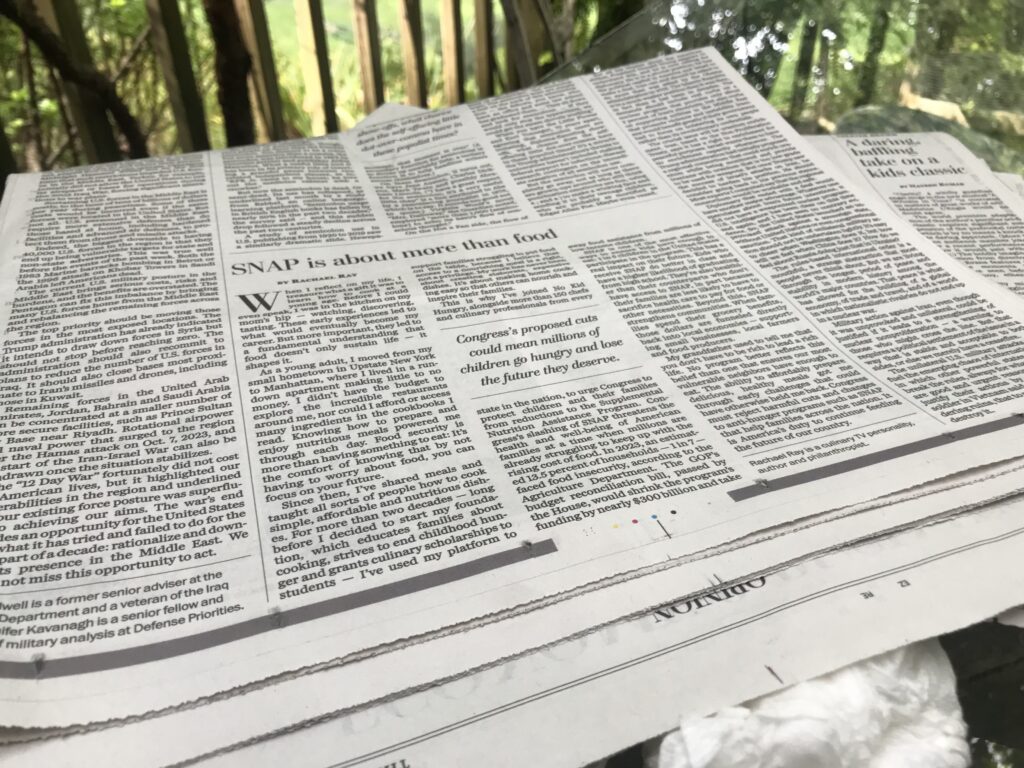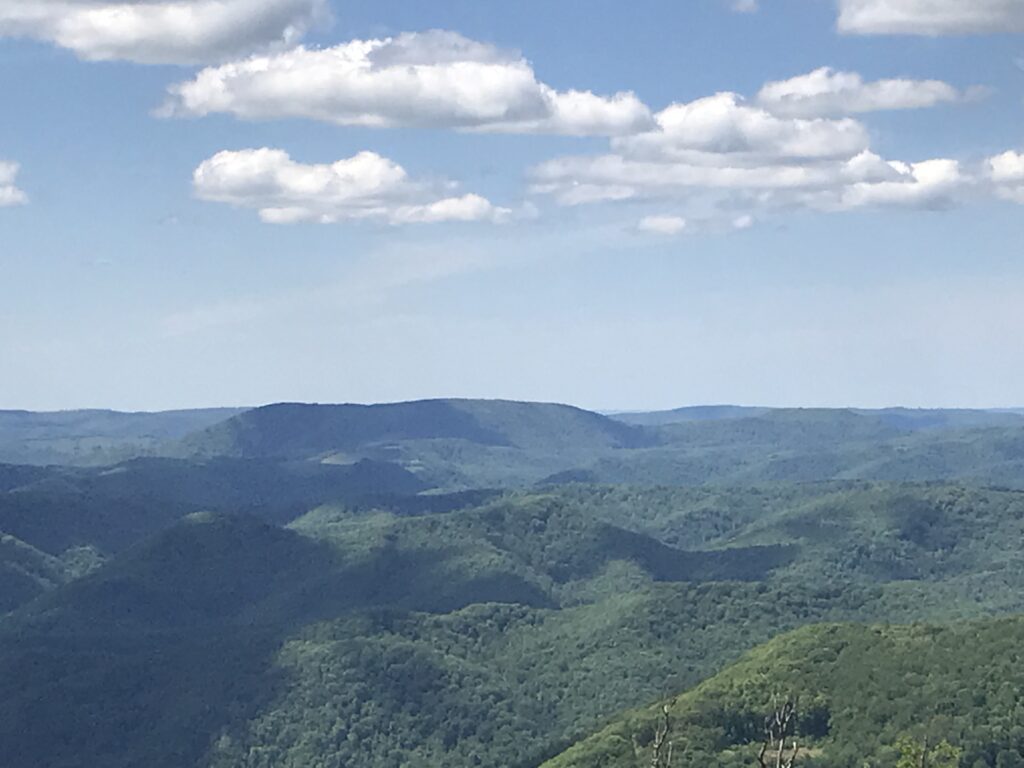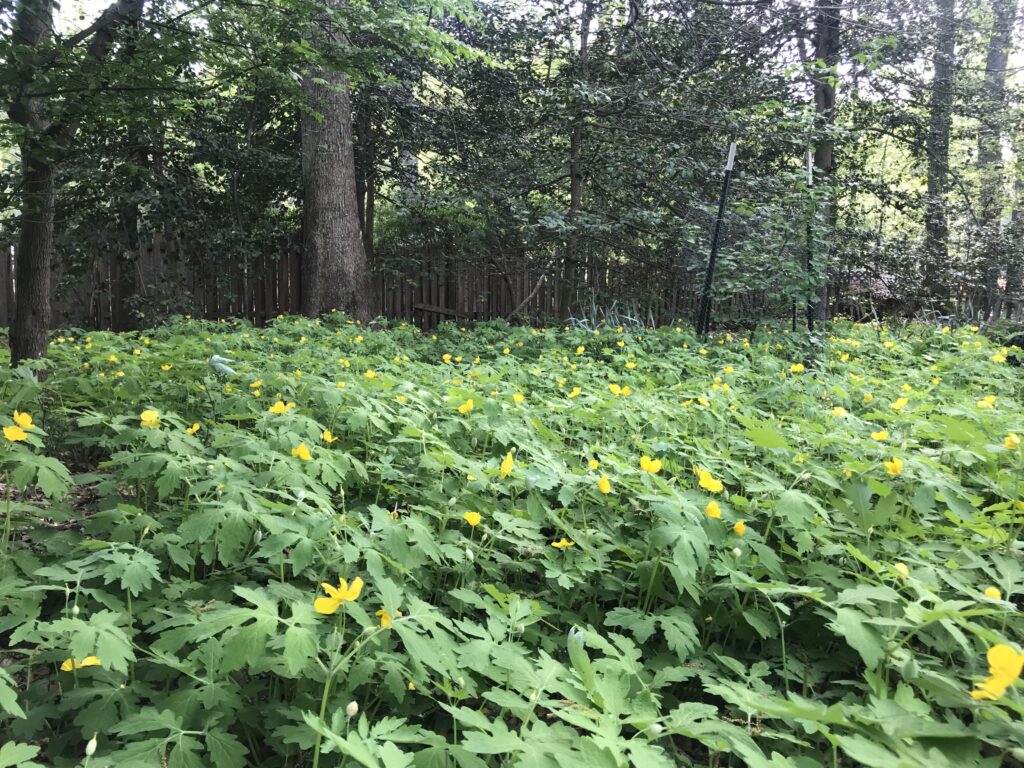National Cemeteries

Though I used to pass Arlington National Cemetery on my way to work, the national cemetery I’m thinking of this Veterans Day is Camp Nelson, tucked away in the rolling hills of central Kentucky. My parents are buried there.
Visiting their graves has opened my eyes to the beauty and value of our veterans cemeteries. There are 170 of them in the U.S., most managed by the Department of Veterans Affairs. Though I’m not sure of their current upkeep (have they been affected by the shutdown?), every time I’ve visited Camp Nelson I’ve been impressed by its beauty and precision.
This is not your romantic, moldering cemetery. There are no tall oaks or mossy stones here. Strict rules govern the placement of flowers or flags. National cemeteries are regulated, spit-polished. They are about community and esprit de corps.
Through the years, I’ve found this more comforting than I thought I would. After all, death is our common fate, the great democratizer. National cemeteries don’t hide that fact. In fact, they celebrate it.
